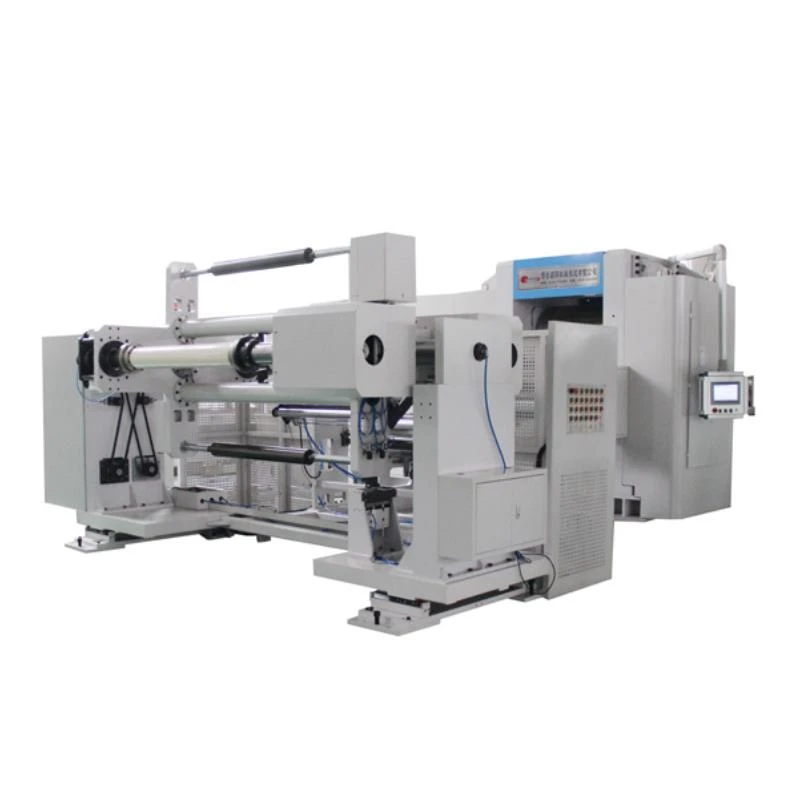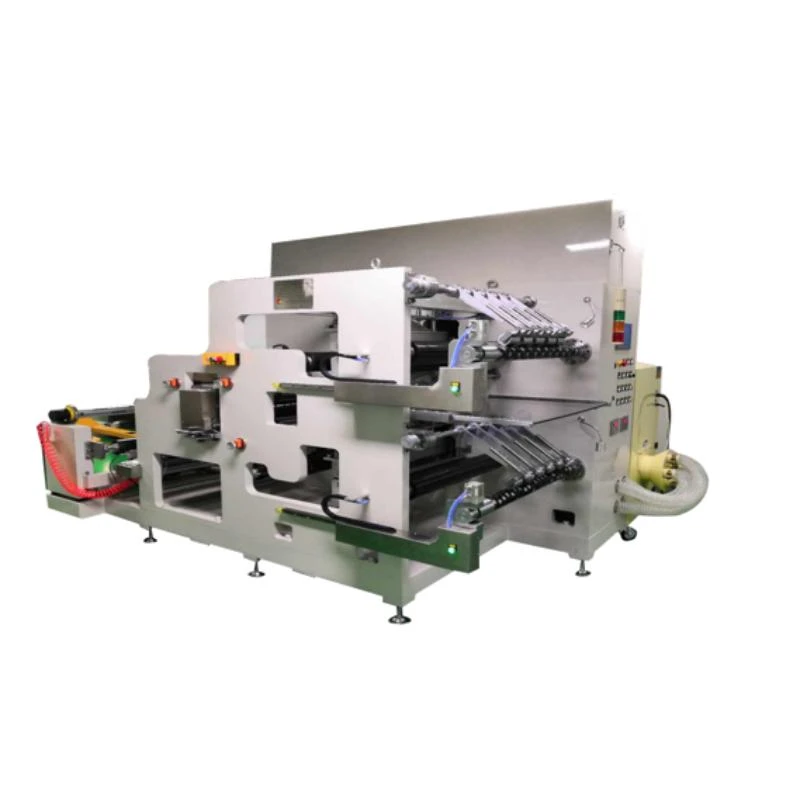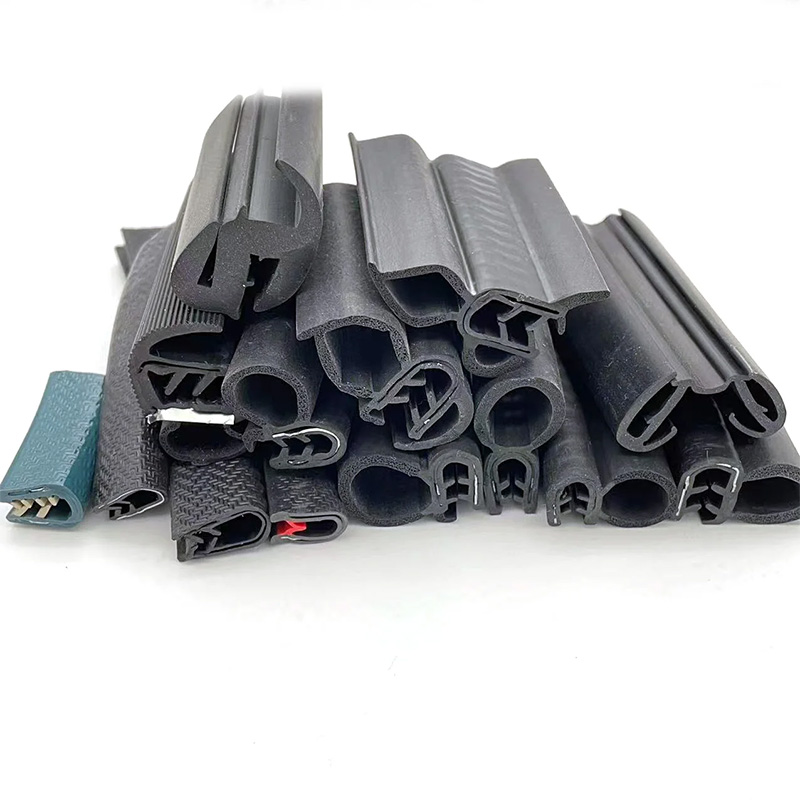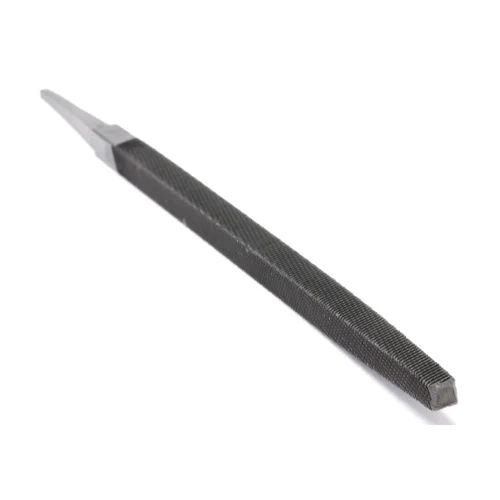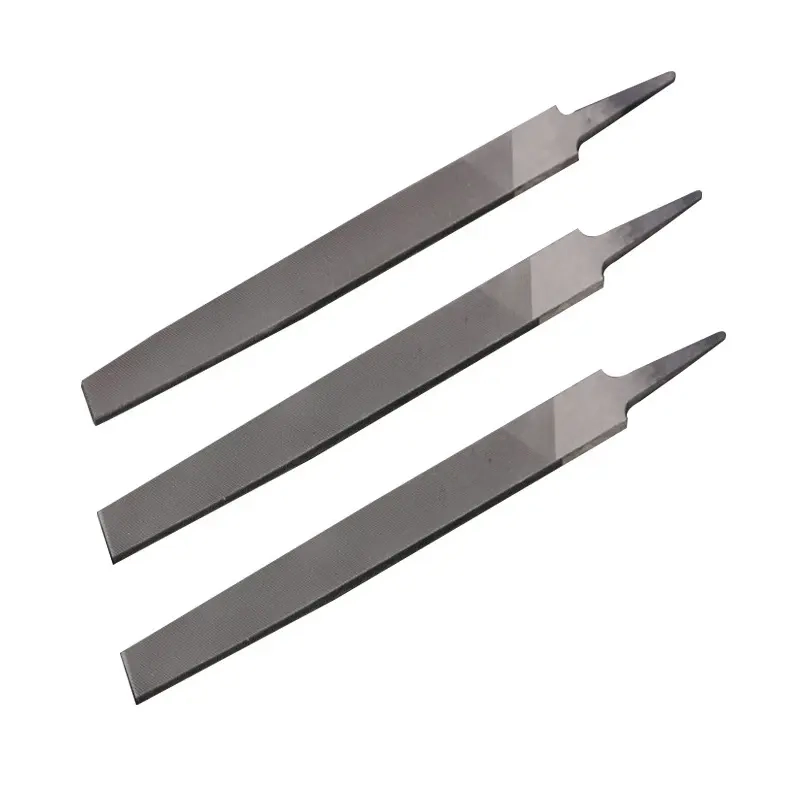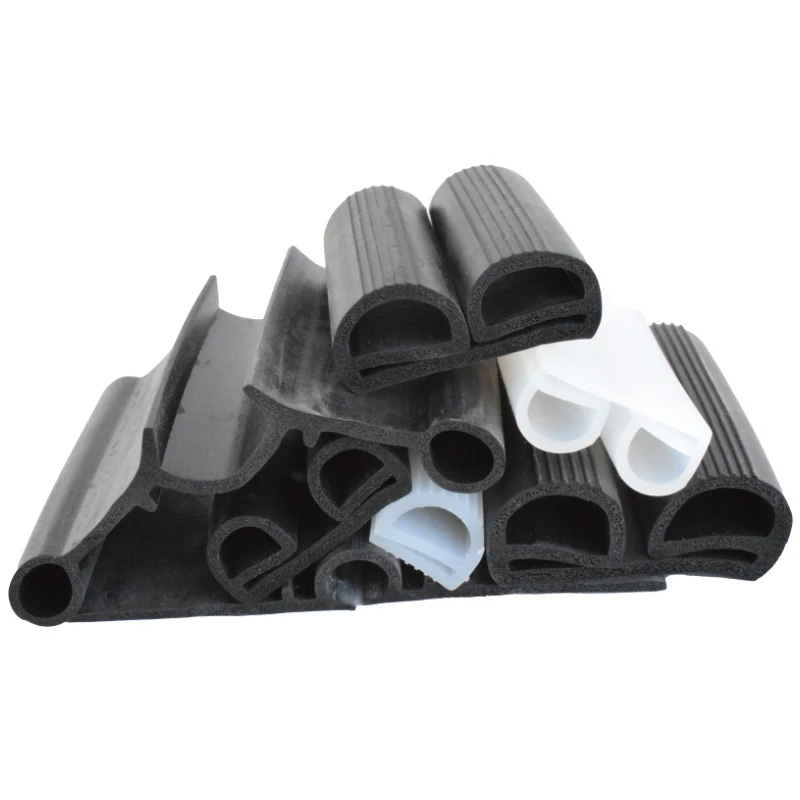Diversified Application Scenarios of Stainless Steel Hand Files
Stainless steel hand files are widely used in multiple fields due to their corrosion resistance, high temperature resistance, and oxidation resistance. It is not only a commonly used tool in metal processing, woodworking, and plastic processing, but also widely used for the trimming and polishing of precision instruments.
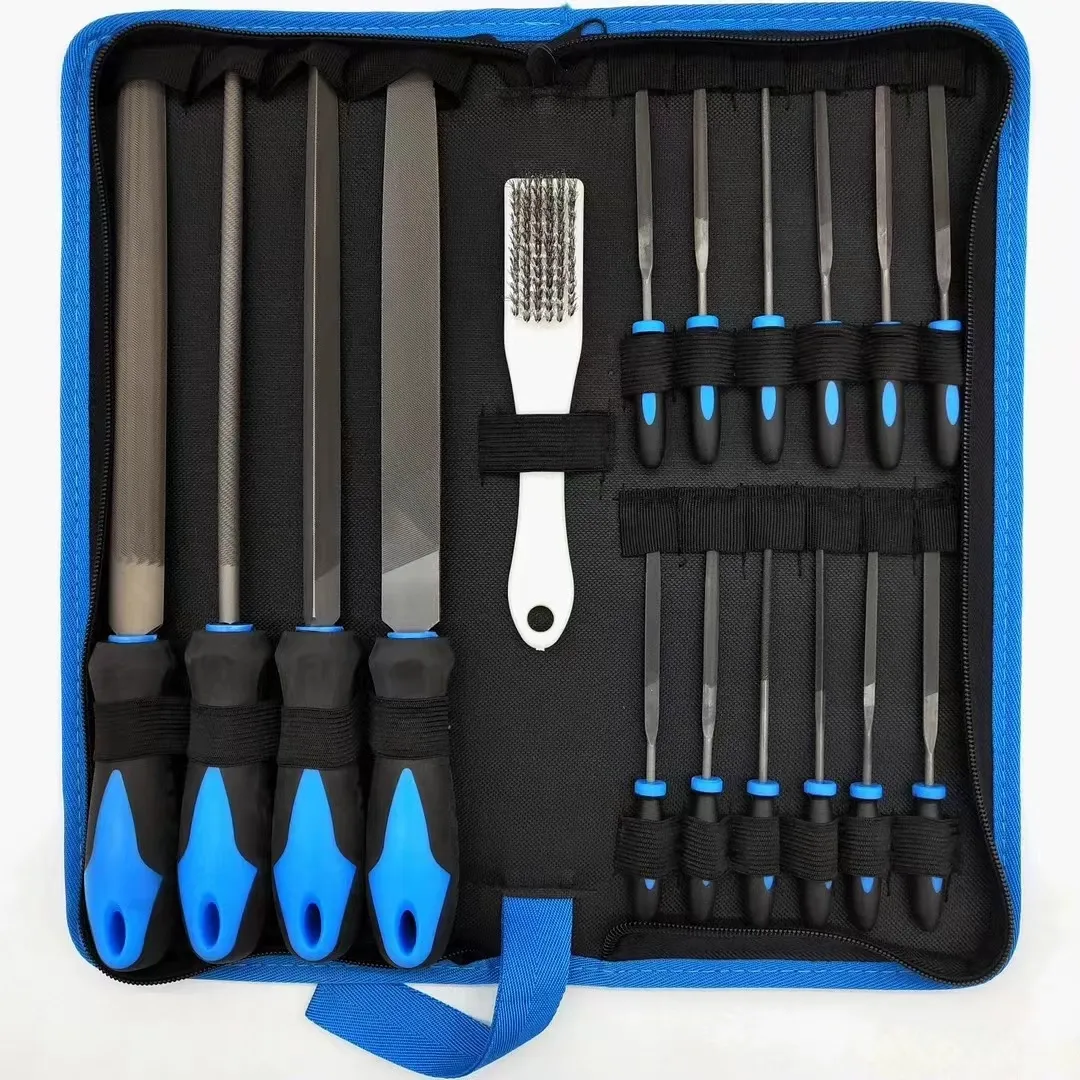
Especially in occasions that require fine craftsmanship, such as jewelry making, mold repair, and car maintenance, the meticulous operation of stainless steel hand files can ensure a smooth and even surface. In addition, it is also commonly seen in the fields of instrument processing, model making, and precision carving in the pharmaceutical industry. Its diverse application scenarios and excellent performance make stainless steel hand files an indispensable tool in multiple industries.
Stainless Steel Hand Files Are Used in the Construction and Decoration Industry
In the processing of building decorative components such as stainless steel doors, windows, railings, and handrails, hand files are used to trim and polish the edges to make the surface smooth and meet aesthetic and safety requirements. For example, when making stainless steel railings, it is necessary to use hand files to finely process the welds, remove welding slag and burrs, and make the appearance of the railing more exquisite.
Stainless Steel Hand Files Are Used in the Kitchenware Manufacturing Industry
Stainless steel kitchenware such as pots and utensils require extremely high surface quality and precision. Hand file for stainless steels are used to polish and polish the corners, handles, and other parts of kitchen utensils, making their surfaces smooth and delicate, and enhancing the user experience. At the same time, hand files can also repair kitchenware molds, ensuring mold accuracy and helping to produce high-quality kitchenware products.
Stainless Steel Hand Files Are Used in the Field of Mechanical Parts Processing
When manufacturing stainless steel mechanical parts, hand file for stainless steel are used for precision machining of the part surface, such as removing machining allowances, adjusting dimensional accuracy, and improving surface smoothness. Taking the manufacturing of stainless steel shaft parts as an example, it is necessary to finely polish the surface of the shaft with a hand file to ensure the accuracy of the fit between the shaft and other components, and improve the overall performance of the machinery.
Maintenance Points for Stainless Steel Hand Files
After each use, the debris and impurities on the surface of the ffeil dur should be cleaned in a timely manner to prevent them from being embedded in the teeth and affecting the next use. Regularly carry out rust prevention treatment on ffeil durs, apply an appropriate amount of rust prevention oil, and store them in a dry and ventilated place. If severe wear is found on the teeth of the ffeil dur, it should be replaced in a timely manner to ensure processing quality and efficiency.
Industry Development and Future Prospects of Stainless Steel Hand Files
With the continuous development of manufacturing and technological advancement, stainless steel hand files are also constantly innovating. The application of new materials and manufacturing processes is expected to further improve the performance of ffeil durs, such as developing materials with higher hardness, stronger toughness, and greater corrosion resistance for the manufacture of hand files.
From a market perspective, with the continuous expansion of stainless steel applications in emerging fields such as new energy and medical equipment, the demand for stainless steel hand files will also continue to grow. This will encourage hand file manufacturers to continuously optimize product performance, expand product lines, and meet the needs of different customers.
Stainless steel hand files have become an important tool in the field of stainless steel processing due to their special material, careful design, and wide applicability. In the future, with the continuous innovation of technology and the driving force of market demand, we have reason to expect the emergence of stainless steel hand files with superior performance and more complete functions, injecting new vitality into the development of the stainless steel processing industry.
Rhannu
-
Lithium Battery Welding Machine | High-Precision, Fast, SafeNewyddionNov.17,2025
-
Aluminium Guide Roller | Anodized, Lightweight, Low-NoiseNewyddionNov.17,2025
-
Tofu Cat Litter Bulk – Eco, Low-Dust, Fast Clumping SupplyNewyddionNov.17,2025
-
Equipment for Lithium Cell Assembly | Automated & PreciseNewyddionNov.10,2025
-
Square File Tool – Precision Cut, Hardened Steel, VersatileNewyddionNov.10,2025
-
Lithium Ion Battery Assembly Machine | Automated, High-SpeedNewyddionNov.10,2025
